Autumnal landscape of Molise
2021
You may also like
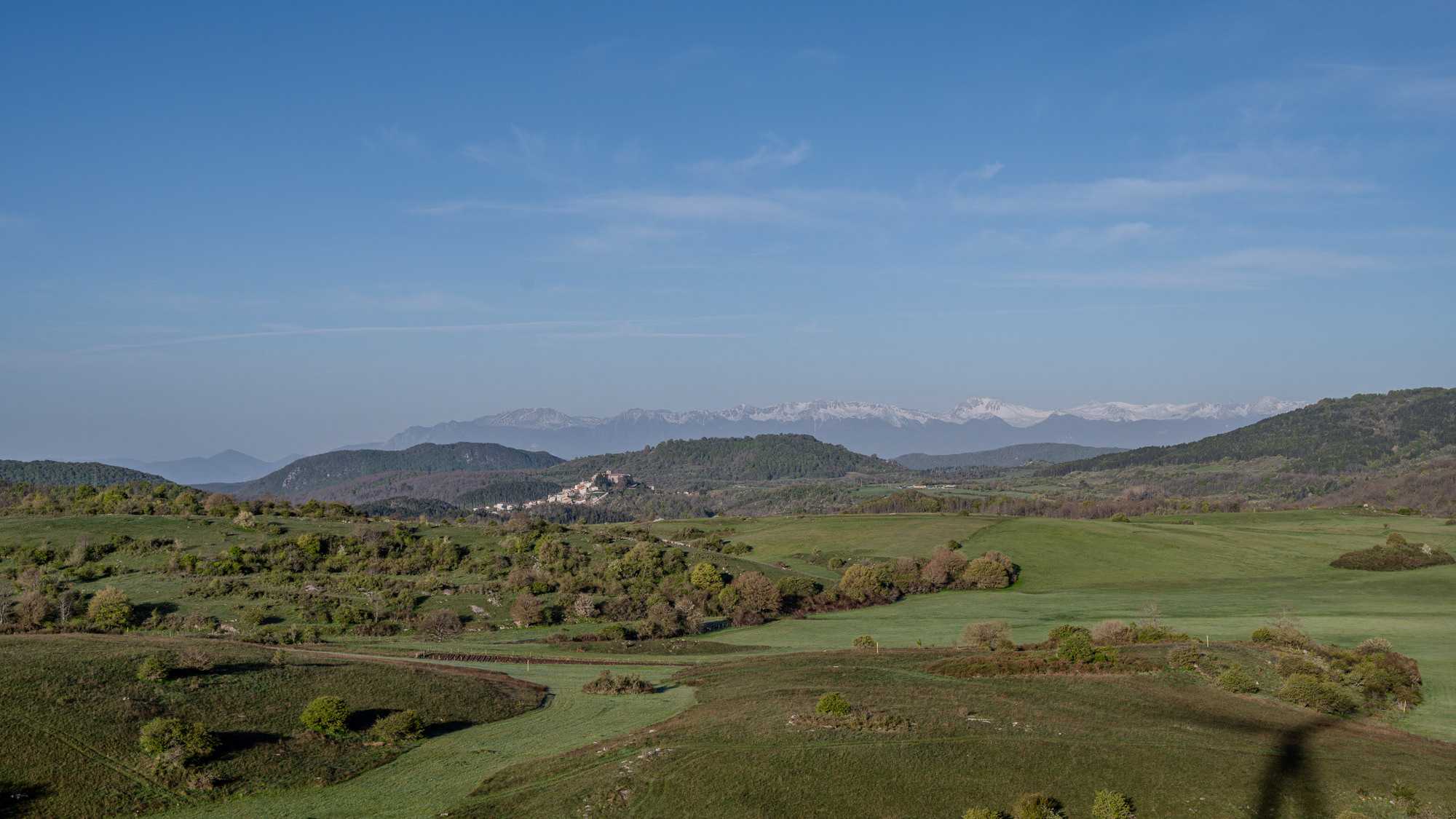
2024
Spring landscapes 2024
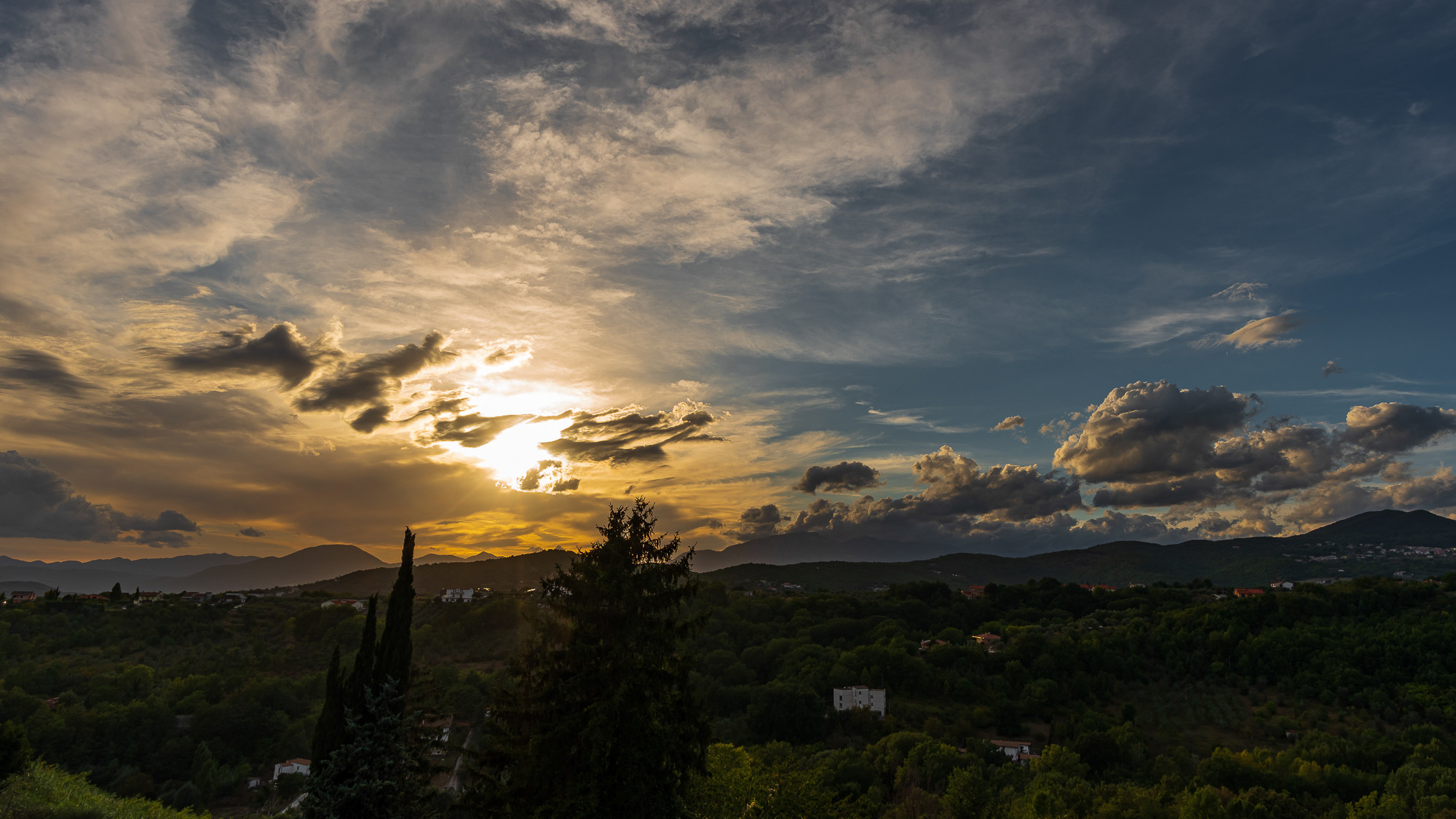
2022
Spectacular photographs of sunsets in Molise, Italy
2022
Archaeological complex of the Cathedral of Isernia.
This complex testifies to what remains of the Italic temple from the second half of the third century. BC, preserved thanks to the fact that what is now the cathedral of Isernia was built on it.
2022
Castel San Vincenzo. The lake. Winter 2022
Castel San Vincenzo, Isernia, Molise, Italy. The lake. It is an artificial reservoir built at the end of the fifties for hydroelectric purposes. It occupies an area of 6.140 km². The lake of Castel San Vincenzo is an artificial reservoir built in the late 1950s for hydroelectric purposes. The lake occupies an area of 0.614 km² and has a useful capacity of 10 million cubic meters. The waters that feed the lake come mainly from the streams of the Montagna Spaccata in the nearby municipalities of Alfedena and Barrea. The waters of these streams feed the Enel power stations in Pizzone, Rocchetta a Volturno and Colli a Volturno. Although artificial, the lake is well harmonized with the surrounding landscape of mountains and woods. The aquatic fauna consists mainly of salmonids. Near the lake, where it is possible to engage in fishing and other water sports, there is an area equipped for camping and a riding stable.
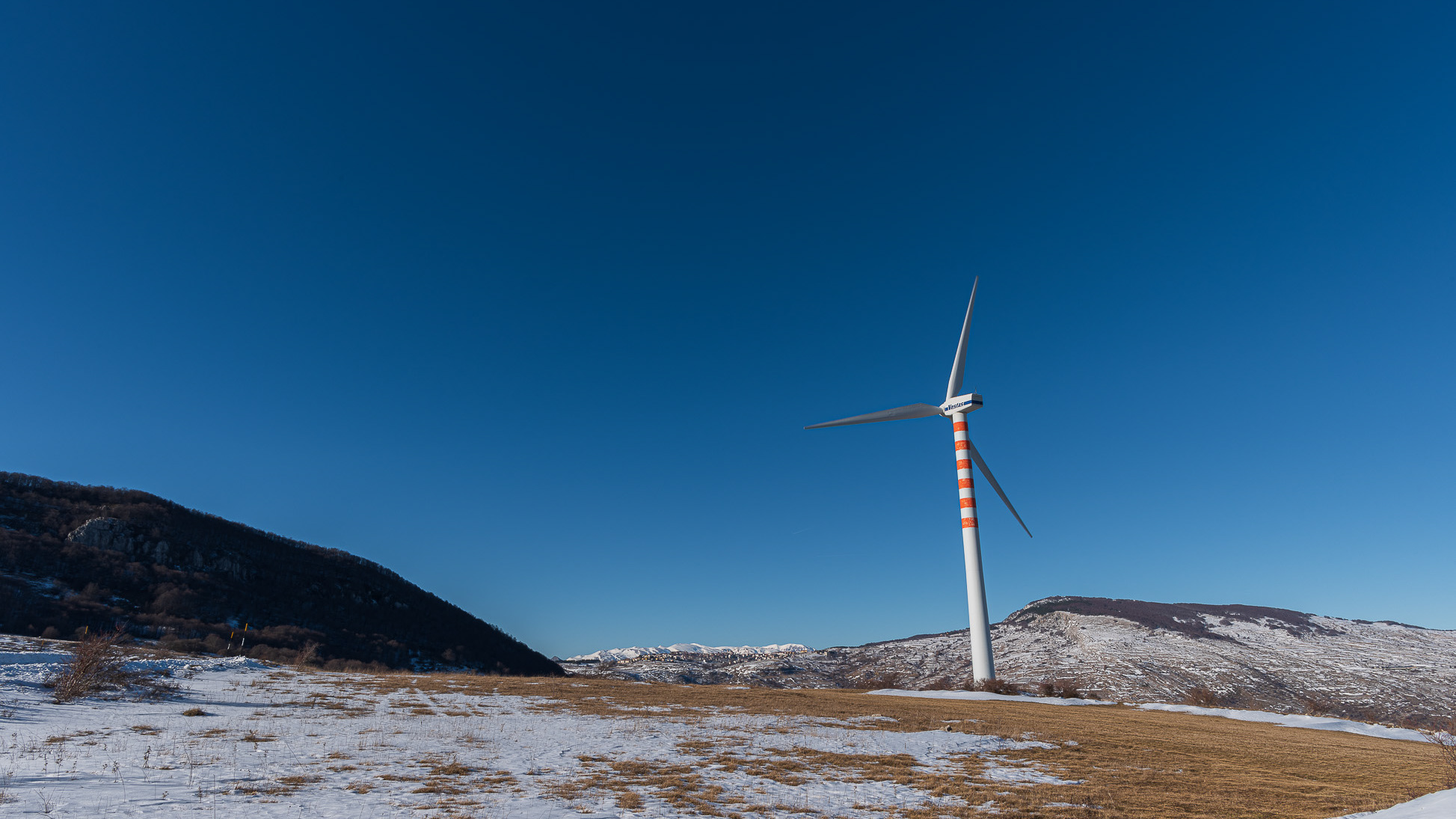
2022
Spectacular winter panorama 2022

2021
Isernia. Convent of S. Spirito
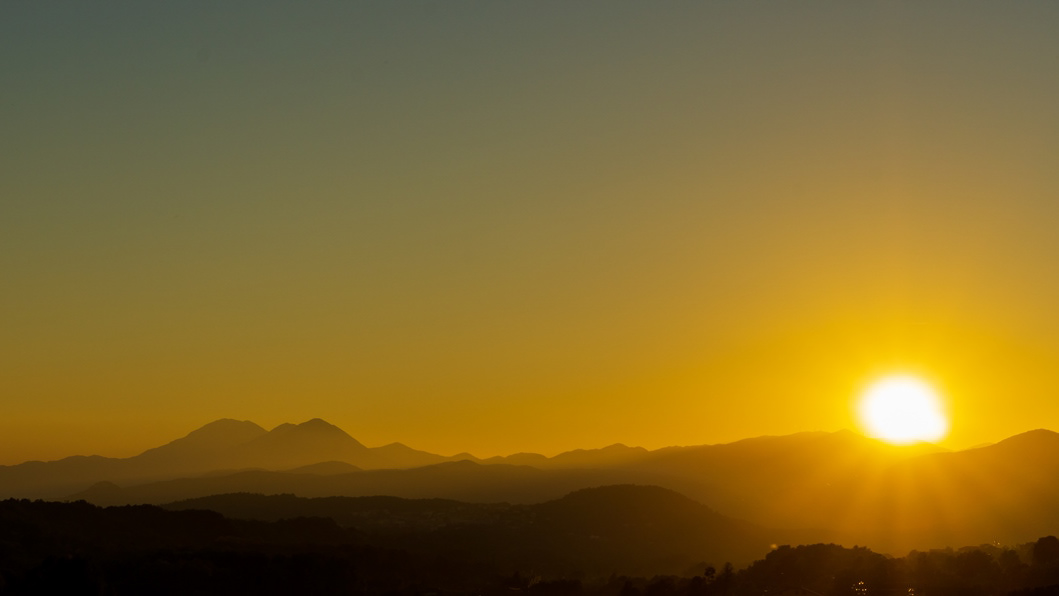
2018
Tramonto sulle Mainarde 2

2018
Isernia, Fontana Fraterna, notturne
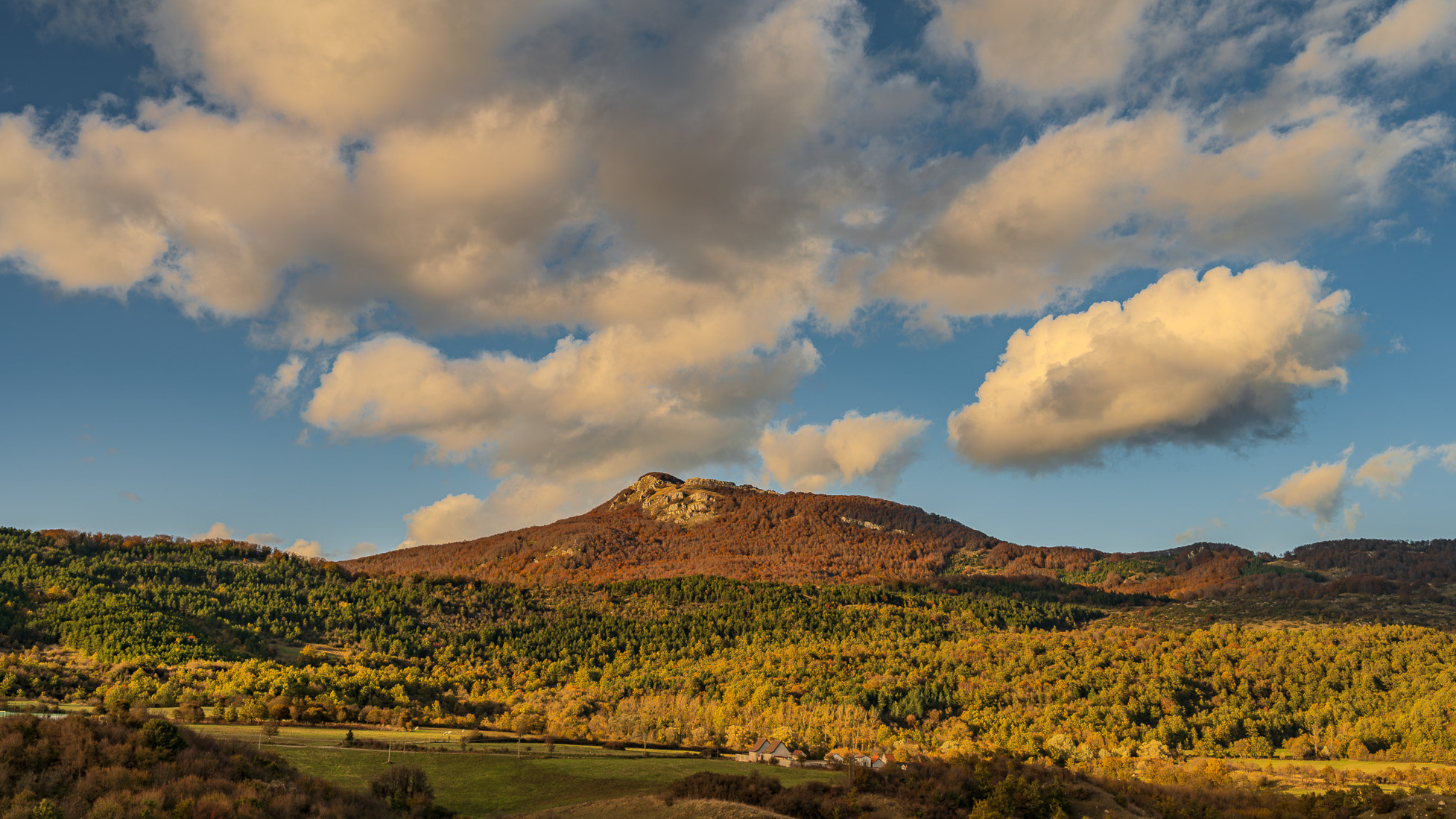
2023
Spectacular autumn landscape
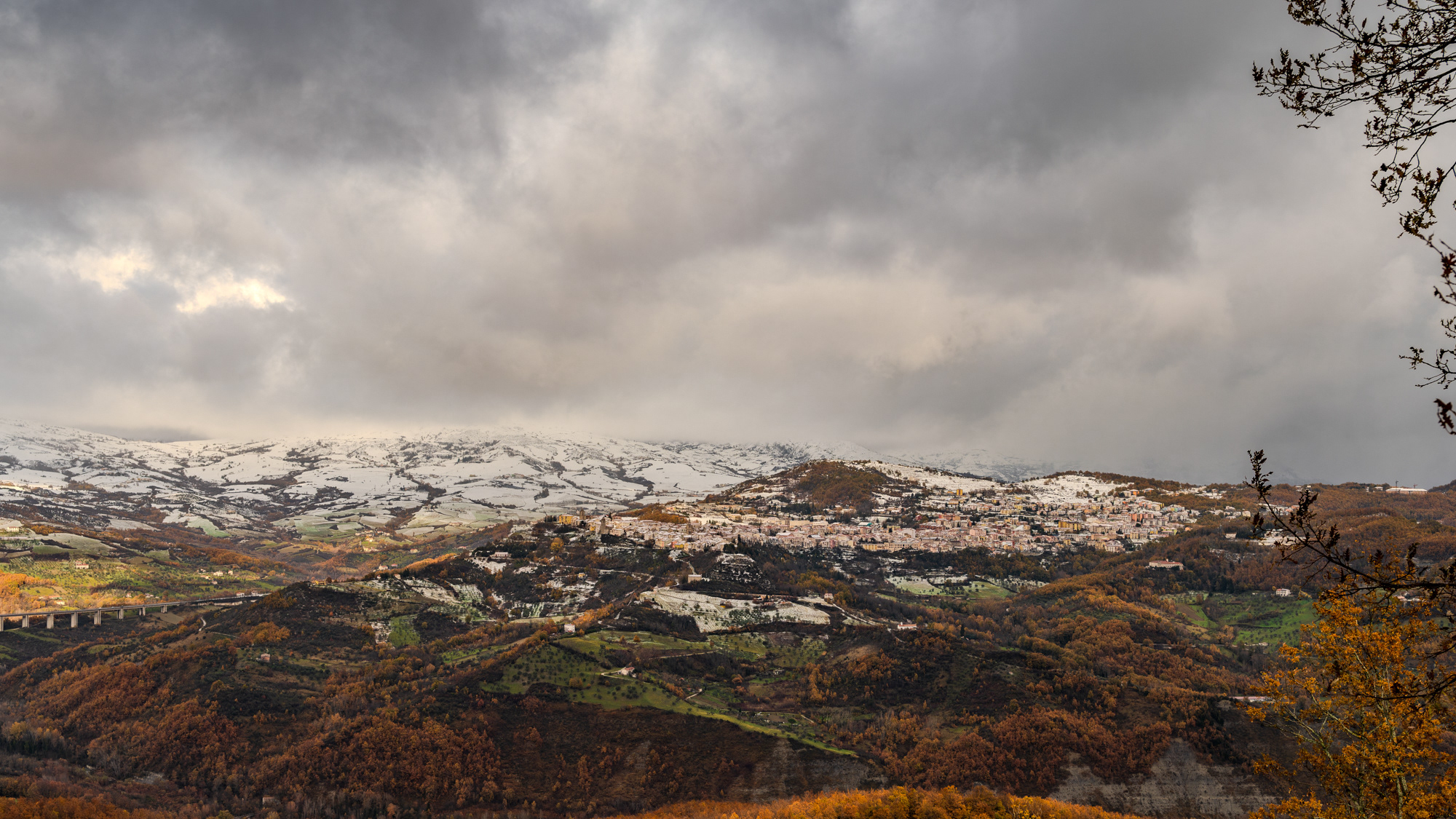
2025
Agnone. Winter landscape 2024
